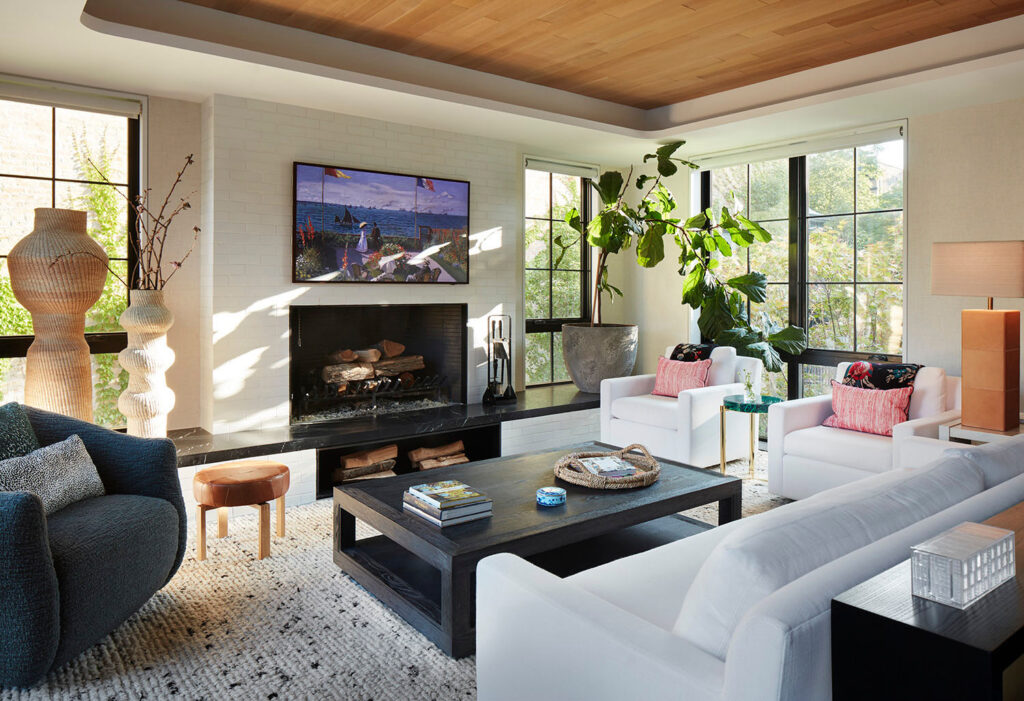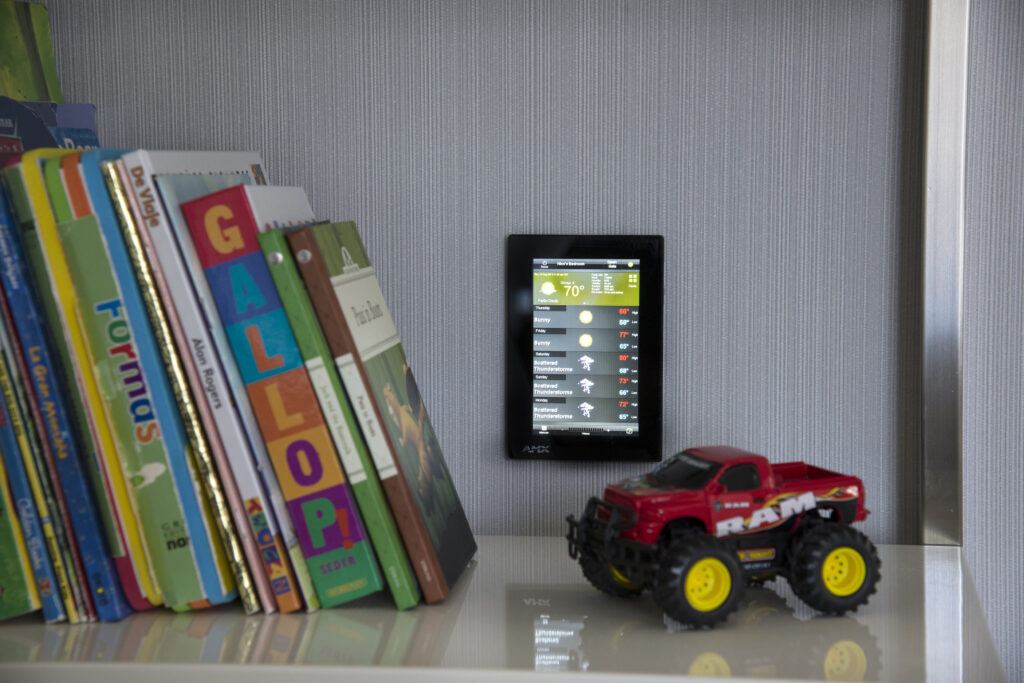While the Smart Home technology is developing, it becomes clear that interior designers and smart -home integrators often navigate the same projects with completely different cards. Despite the common disciplines, the two disciplines are often as synchronization, and when the collaboration collapses, the two disciplines often suffer.
It is not just about finding times or technical data, but also about communication, understanding and the search for similarities between aesthetics and performance. Bridging this gap requires a thoughtful, coordinated approach.
The root of separation
Designers are trained to lead what a room looks like and feels. We think about flow, ratio, lighting and color. In the meantime, integrators prioritize the functionality of a room – disc path, system compatibility, device performance and future scalability. These perspectives are both critical, but the challenge is that they are often used in isolation.
Integrators are brought into a project too often after large design decisions have been made. At this point, compromises are inevitable. You could have visible technical elements that collapse with the design -aesthetic, follow -up systems that interfere with mill work, or spaces that work technically well, but feel cold or impersonal. The result: a house that does not quite exhaust his full potential.
Why early collaboration is important
The solution is uncomplicated: start the conversation earlier. If designers and integrators are merged at the beginning of the project, you can coordinate your efforts in such a way that both the vision of the homeowner and the long -term success of the project are supported.
This early integration enables:
- Better infrastructure planning: Routing for cables, power supplies and control systems can be seamlessly installed in walls, blankets and cupboards.
- More intelligent lighting and shading coordination: Designers can align window treatments and lights with automated systems and at the same time maintain the aesthetic intentions.
- Optimized decision -making: Customers benefit from a uniform team approach and reduce the likelihood of contradictory guidance or expensive rework.
- Future flexibility: Systems can be interpreted taking into account the scalability so that the house can develop with the needs of the homeowner.


None of this is possible without how we display project rollers. Designers and integrators are not separate phases in a timeline, but they are employees to make the experience of the house.
Speak the same language
Even if schedules are aligned, language barriers often remain. Designers cannot be familiar with the vocabulary or the scope of home technology systems, while the integrators may not fully understand the effects of certain technical decisions on visual cohesion or user comfort. This can lead to tensions, missed possibilities or designs that do not reflect the true intention of the homeowner. Creating a common language begins with mutual respect and curiosity. Here are some options for how teams can communicate better:


- Ask early and often ask: Designers do not have to know the advantages and disadvantages of programming. However, if you ask questions about how system functions can influence better layout and material decisions.
- Visual tools help: Integrators can use mockups, diagrams or even augmented reality tools to demonstrate how technology appears and works.
- Clarification conditions: What does “scene control” mean for the Tech team compared to the design team? What exactly means “profiled” if it refers to a speaker or sensor? Defining these terms as a team can prevent misinterpretation.
Refilling the role of technology in the household
There is often the assumption that the integration of technology affects aesthetics. But today's houses not only hide the technology, but in a way that increases both function and design. This does not require minimalist or ultra-modern aesthetics, but it requires thoughtful cooperation.
Motorized window treatments can be integrated behind crown shapes or dropped into hidden pockets. Lighting controls can be completed to meet the wall colors or to be installed in discrete areas. Touching, sensors and even speakers can be deepened, camouflaged or artistically presented.
The lighting design is another area in which the thoughtful integration can dramatically improve both the beauty and the viability of a house. If the lighting is taken into account at the beginning of the design process in addition to automation systems, it becomes easier to create layered lighting plans that are both functional and atmospheric. Task lighting, accent lighting and ambient lighting can be programmed in personalized scenes that adapt to the time of day or the mood without disturbing the designer's view of the room. This approach not only improves user comfort, but also enables lighting as an invisible support for the architecture and furnishings of the house instead of competing with them.


When integrators and designers approach the technology as a design element – not just a system – the result is a home that feels coherent, personally and intelligently on its occupants.
Work towards the same goal
Ultimately, designers and integrators work towards the same goal: houses that make people's lives easier, more comfortable and more pleasant. In order to get there, we do not have to treat the cooperation as an essential part of the process, not as a subsequent thought. This means to invite each other at an early stage, to create space for the dialogue and to consider technical and design knowledge to be equally important for the finished product. If more and more homeowners include automation and intelligent design, the demand for seamless integration will only grow. The projects that are successful are not those with most devices or the most forward-based materials, those who work in harmony will work in harmony.
We are at a turning point in residential design. Houses become more intelligent and customers expect more intuitive, personalized and aesthetically appealing results. The fulfillment of these expectations requires a new type of cooperation based on common goals, early participation and open communication. The more we invest in the structure of strong partnerships between disciplines, the better our work. We don't have to choose between design and technology. The best houses have always been those who feel effortless.
